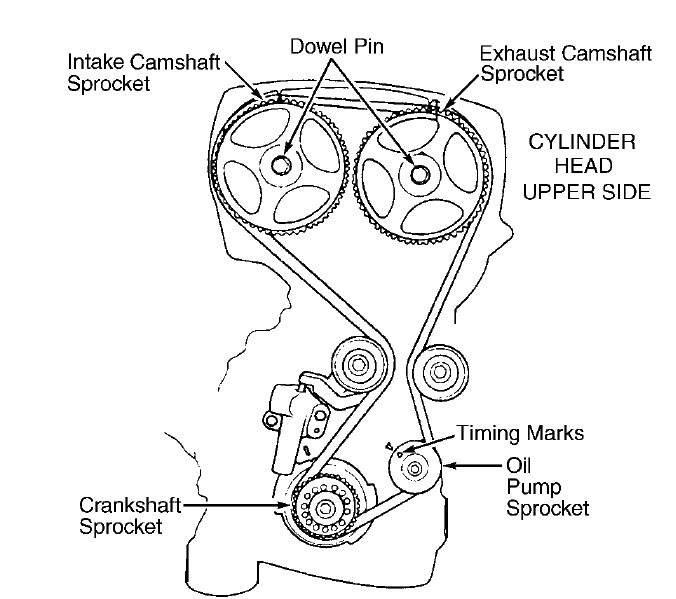Are you facing timing belt problems? Well, this is a rather serious matter because your engine is largely dependent on the smooth running of the timing belt. The timing belt connects the crankshaft, the walls, the camshaft and the Pistons all together. So if one is “out of caliber” there is a chance that you might find yourself having an engine seizing at odd moments. That is because the synchronization which is timed to run in a very well coordinated motion has been disturbed. That is why you need to know all about timing belt problems and how they need to be solved immediately so that your engine does not break down right in the middle of the road.
One of the most common of timing belt problems is not replacing it in time. Your timing belt is going to face the normal wear and tear of any hard worked car component and is going to give way during the passage of time. So it is necessary to get the professionals are expert or mechanic to check out your timing belt problems and replace them whenever necessary. He is going to replace any damaged, cracked or badly worn timing belt.
